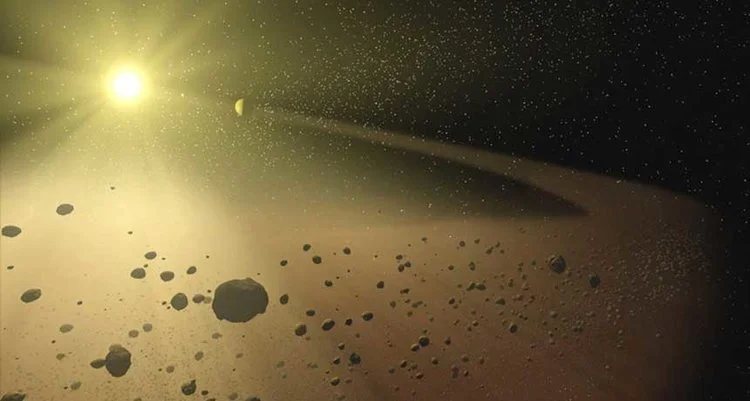Becoming a Galactic Civilization
In 1951 the science fiction writer Isaac Asimov published a wonderful story called Foundation, which was also followed up by several sequels in the Foundation Series. In this book, it sees the rise and fall of galactic empires, borrowing ideas from Gibbons the Rise and Fall of the Roman Empire, which was one of the inspirations behind the story in the first place.
The key character in the Foundation series is the psychohistorian Hari Seldon who develops a new field of science that allows for the analysis of large populations of people so that future events can be predicted to a high probability. This is a fantastic idea and sounds good in principle. But there are several reasons why such a science may be problematic.
Firstly, in terms of technology we are only able to extrapolate to a high degree of accuracy at most a few decades at best, and even then, those predictions often do not work out. This is largely because whilst in the short term any uncertainties in the extrapolation are likely to be dominated by systematic ones, as you go further away from the extrapolation point random uncertainties become more dominant. You cannot predict for example how the maturation of one technology may enhance the maturation of another.
Another issue however, for which Asimov admitted himself is that human beings and the systems they design are far too complex to facilitate an ease of analysis. Asimov was a chemist by training, and he got the original idea for psychohistory from the physics of Brownian motion. This is the study of molecular interactions when you have a sufficient enough number of atoms together, they will behave in a certain way based on the collective behaviour and macroscopic properties such as average speed of motion and temperature.
Although the physicist Albert Einstein is best known for his special and general theories of relativity, his doctoral thesis was actually on the subject of Brownian motion. One of his key findings was that the mean displacement (or distance) that a molecule will move was proportional to the square root of the time and some diffusion coefficient term which depends on factors like temperature, particle size and the viscosity of the medium. The displacement will follow a probability distribution (Gaussian) generating a characteristic bell-shaped curve for the diffusion of the particles, also known as a Dirac Delta function, which is centred around the t = 0 value. As the time increases this will lead to the distribution flattening so that it becomes uniform at infinite values.
Yet at best an individual atom is defined by a set of four quantum numbers, which reduces the degree of complexity. Human beings have way more dimensions to them that this which makes any such analysis problematic. Just consider all of our individual personality types, emotions, thoughts, relationships, interests. But also consider all of our different cultures, politics and religions. It is difficult to envisage how such complexity could be modelled and predicted and would most certainly require the use of very powerful quantum supercomputers to calculate.
One possibility, however, is that since humans are tribal in nature, that on a large scale, a large number of humans operating as a group has some predictive behaviour leading to the equivalent of macroscopic parameters, the same way we measure the temperature of a room as a representation of the molecular state of all the atoms in the air.
We should also acknowledge the recent development of large language models and the potential emergence of full-blown artificial intelligence. Under these assumptions, who is to say what may be possible in the future. A massive computing system with the equivalent knowledge, memory and processing capacity of the entire humankind, may be able to make such predictions by generating theorems about our essential nature. Being able to predict the future may have some benefit to us in terms of risk mitigation or deciding what particular directions we should take our technology and therefore invest our time, energy and money. But for now, such abilities are in the hands of the science fiction author.
The future is yet to unfold!

